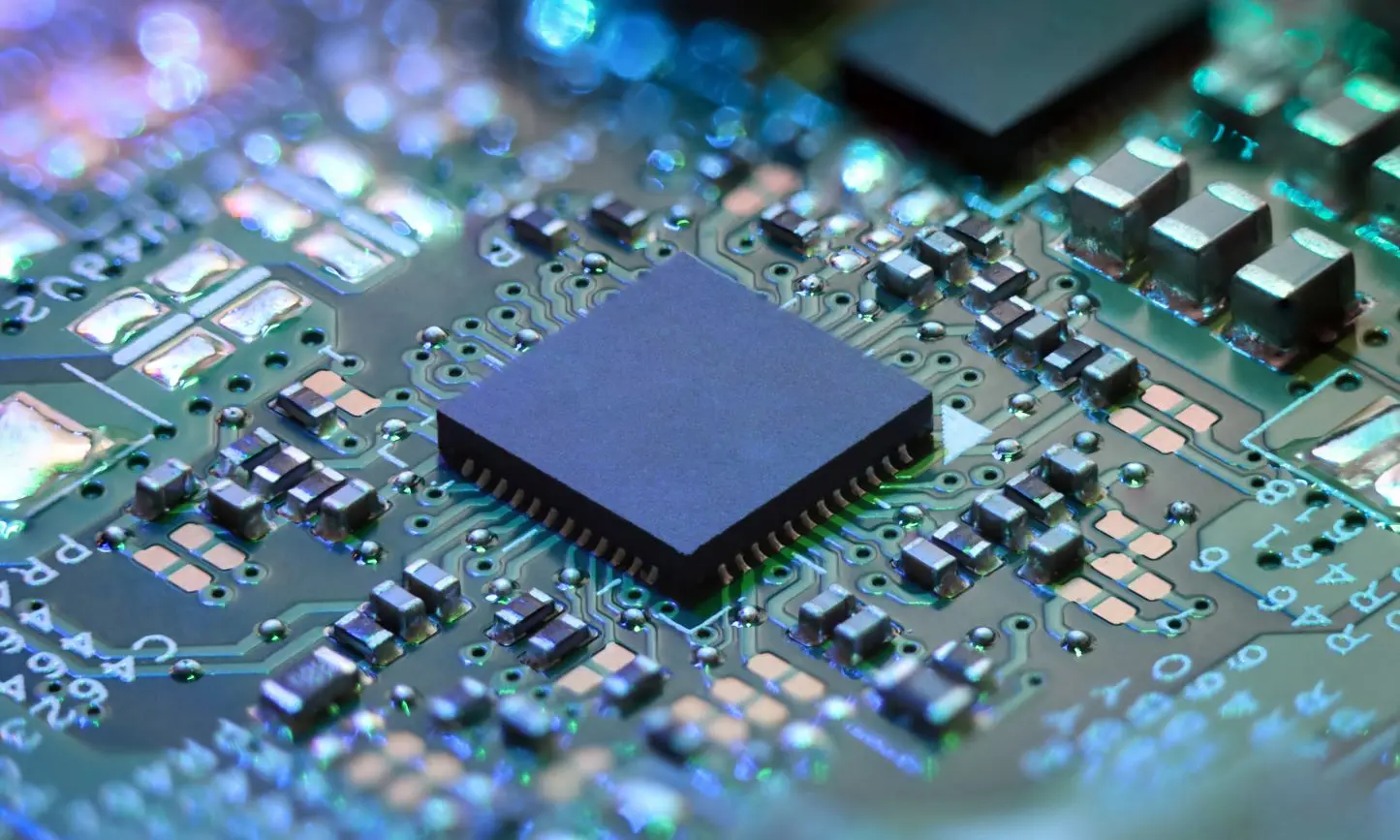Some of the cars of the Carabinieri Forestry Corps' fleet on the streets of Rome have a small 'UFO' on the roof. This futuristic box in turn houses an electronic eye that can monitor the health of urban greenery, contributing to risk prevention and, as a result, to the safety of the city environment.
The device is called Greenery Scanner and its functions are enabled by electronic boards from the joint research of FAE Technology, an Italian tech group operating in the electronics sector, with the Senseable City Lab from MIT (Massachusetts Institute of Technology) in Boston, of which FAE Technology itself is a consortium member.
The project is already active in seven cities, including New York, Amsterdam, Boston and Stockholm, and is being studied in three other metropolises. For example, in the American suburb of Cambridge, in the Boston area, devices have been installed on city sanitation trucks, which have thus become 'sentinels' capable of capturing the spatio-temporal variation of environmental indicators, such as air quality for human health or heat flow in buildings. The solutions are mainly aimed at public administrations, to deliver a dataset to urban managers and develop advanced data analysis solutions.
FAE Technology is a benefit company listed on the Euronext Growth Milan market of Borsa Italiana. The decision to become a benefit company was made in the conviction that technology and sustainability move in the same direction, where business and community work together for a more sustainable society, not only environmentally, but also socially and in terms of governance.
Last year it generated revenues of EUR 61.7 million, an increase of 56.5% compared to 2022, EBITDA of EUR 7.6 million and a profit of EUR 3.58 million, up 10.1% and 4.8%, respectively, compared to the previous year.
Since last March, Ray Ozzie has been serving as the group's Technology Advisor. The US entrepreneur and innovator, formerly Chief Technical Officer and Chief Software Architect at Microsoft from 2005 to 2010 and today founder and CEO of Blues Wireless, supports FAE Technology in extending its business model, with a focus on the opportunities offered by the edge computing and artificial intelligence markets. Ozzie provides technology advisory services directly to the company's management to seize growing market opportunities, implement state-of-the-art solutions and support the group in its development processes.
Through this strategic partnership, FAE Technology aims to strengthen its position on a national and international level, continuing to contribute to the technological advancement of sectors in which electronics plays a decisive role.
Gianmarco Lanza, President and CEO of FAE Technology (in the picture below, En), explains how electronic technology can contribute to improving urban environments.
“Electronics is a pervasive, cross-sectoral element at the heart of today's challenges. Everything that is connected and affected by digital transformation involves the use of electronics. This includes the technologies underpinning the smart city, such as sensor technology and telecommunications, which allow data to be accumulated and transformed into information useful for the development of the smart city.”
Can you illustrate this through practical examples?
“For two years we have been helping to develop environmental monitoring devices alongside the Senseable City Lab at MIT in Boston. One outcome of this synergy is Flatburn, a system powered by solar energy and equipped with sensors. The device is installed on road vehicles, which act as mobile stations to geo-reference several parameters. These include air quality, energy efficiency, noise impact, humidity and heat islands, in order to provide institutions and citizens with useful data for making cities more efficient under various aspects. In addition, we participated in the development of an additional device. It is called Greenery Scanner and represents a technological evolution by Flatburn. The device is capable of screening and constantly monitoring urban greenery. Using infrared cameras, it can interpret the colour of the trunk or leaves of plants, which, when compared with biological and chemical/physical parameters, makes it possible to detect the presence of pests, fungi or other unstable situations. From the results of the field study, specific analysis algorithms will be developed for the continuation and implementation of the project itself.”
Are these solutions only applicable in urban environments?
“No, not only in the city, but also in the countryside and fragile territories. In this case, we can speak of a Smart Predictive Environment, which can provide useful elements for the management of increasingly topical issues in the context of climate change. For example, FAE Technology engineered and produced the electronic boards that enable the Finapp probe, developed by the Veneto-based spin-off company of the University of Padua. The device detects soil and snow moisture using CNRS technology, which can calculate the interaction between cosmic rays and water contained in the surface under analysis. Applications include the reduction of water waste in agriculture and the prevention of hydrogeological risk, with landslide and flood pre-alarm systems.”

